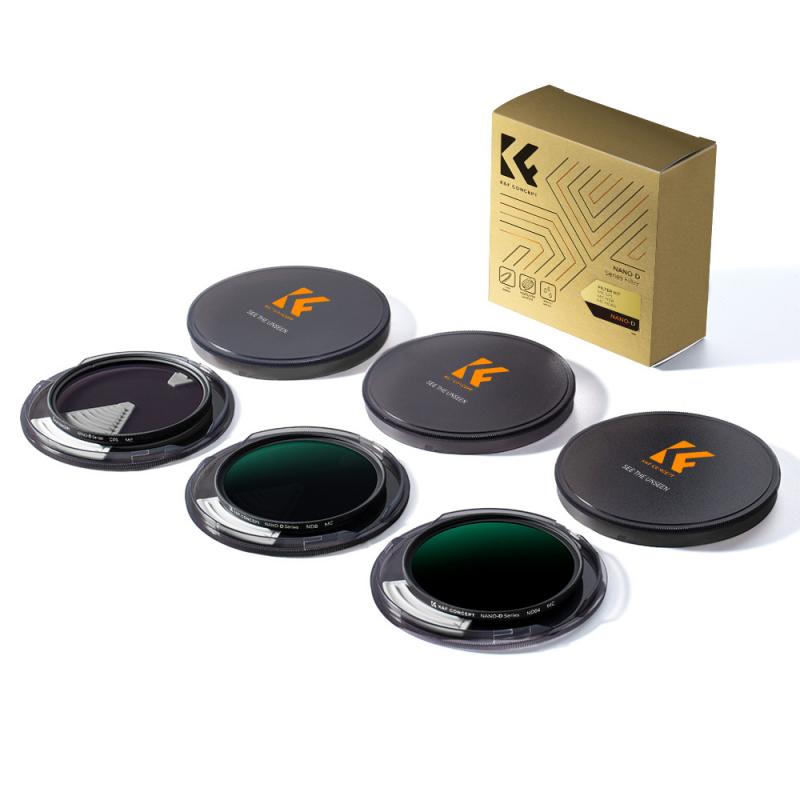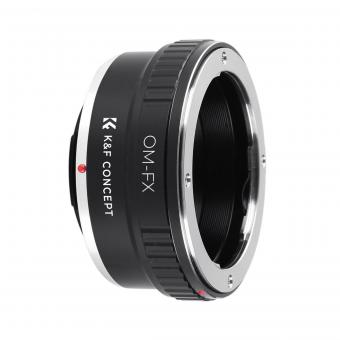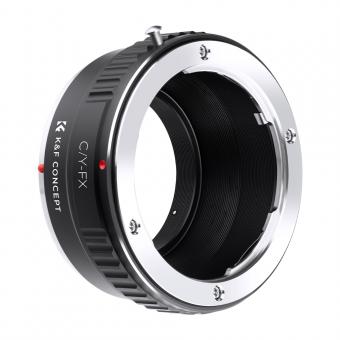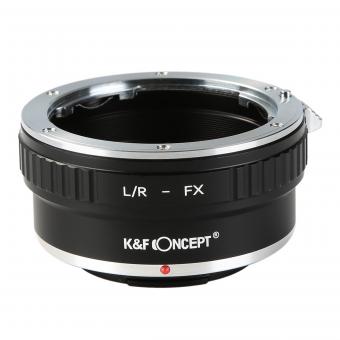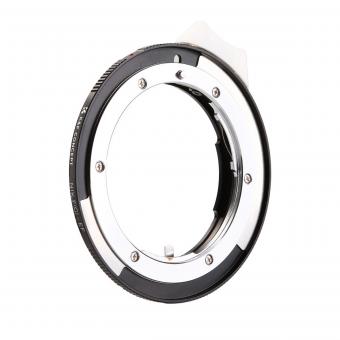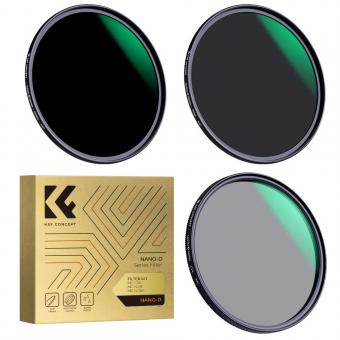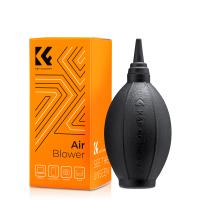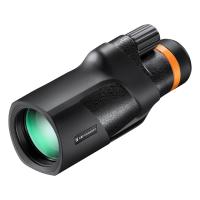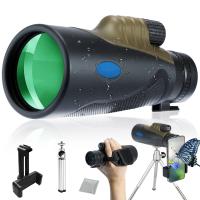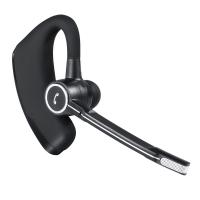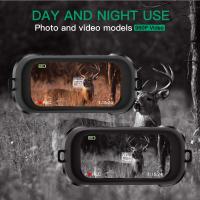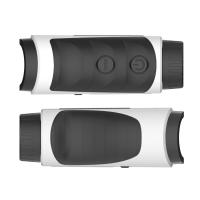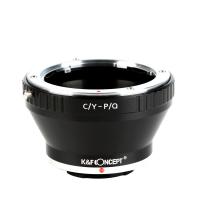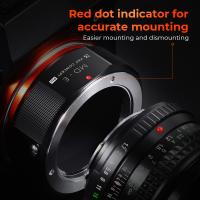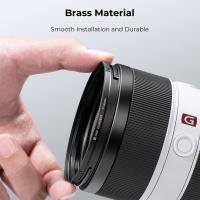What Are The Different Lens Mounts ?
There are various lens mounts used in photography and videography, including the Canon EF mount, Nikon F mount, Sony E mount, Micro Four Thirds mount, and many others. Each lens mount is specific to a particular camera brand or system and is designed to ensure compatibility between the camera body and the lens. Different lens mounts have different physical characteristics and electronic connections, which determine how the lens attaches to the camera and communicates with it. The choice of lens mount is important as it determines the range of lenses that can be used with a particular camera system.
1、 Canon EF-M mount
The Canon EF-M mount is a lens mount specifically designed for Canon's mirrorless cameras. It was introduced in 2012 with the launch of the Canon EOS M camera system. The EF-M mount is smaller and lighter than Canon's traditional EF mount, which is used for their DSLR cameras.
One of the main advantages of the EF-M mount is its compatibility with Canon's EF and EF-S lenses through the use of an adapter. This allows users to utilize a wide range of lenses, including telephoto, wide-angle, and macro lenses, with their EF-M mount cameras. The adapter maintains full autofocus and image stabilization functionality, making it a versatile option for photographers who already own Canon lenses.
In terms of native lenses, Canon has steadily expanded its EF-M lens lineup since the introduction of the mount. Currently, there are several EF-M lenses available, including standard zoom lenses, prime lenses, and a macro lens. These native lenses are specifically designed for the EF-M mount and offer excellent image quality and compactness.
It is worth noting that as of my knowledge update in September 2021, Canon has not released any new EF-M lenses for quite some time. This has led to speculation that Canon may be shifting its focus towards their RF mount, which is used for their full-frame mirrorless cameras. However, Canon has not made any official announcements regarding the future of the EF-M mount or its lens lineup.
In conclusion, the Canon EF-M mount offers compatibility with Canon's EF and EF-S lenses through an adapter, as well as a range of native lenses specifically designed for the EF-M mount. While the future of the EF-M mount remains uncertain, it still provides a viable option for photographers looking for a compact and versatile mirrorless camera system.

2、 Nikon F mount
The Nikon F mount is one of the most popular lens mounts in the photography industry. It was introduced by Nikon in 1959 and has since become the standard lens mount for Nikon's line of SLR and DSLR cameras. Over the years, Nikon has made several advancements and updates to the F mount, ensuring compatibility with a wide range of lenses.
One of the key advantages of the Nikon F mount is its backward compatibility. This means that lenses from older Nikon cameras can still be used on newer camera bodies, allowing photographers to continue using their existing lenses even when upgrading their camera bodies. This backward compatibility has been a major selling point for Nikon, as it provides a sense of investment protection for photographers.
In terms of lens options, the Nikon F mount offers a vast selection of lenses. Nikon produces a wide range of lenses for various purposes, including standard zoom lenses, telephoto lenses, wide-angle lenses, and macro lenses. Additionally, third-party lens manufacturers such as Sigma and Tamron also produce lenses for the Nikon F mount, further expanding the available options for photographers.
In recent years, Nikon has introduced newer versions of the F mount, such as the F-mount with electronic aperture control. This allows for more precise control over the aperture settings and enables compatibility with newer features and technologies in Nikon cameras.
Overall, the Nikon F mount is a versatile and widely supported lens mount that offers photographers a wide range of lens options and backward compatibility. It continues to be a popular choice among Nikon users and remains a standard in the industry.

3、 Sony E mount
The Sony E mount is a lens mount system used by Sony for its mirrorless interchangeable lens cameras. It was first introduced in 2010 with the launch of the Sony NEX-3 and NEX-5 cameras. Since then, it has become the standard lens mount for Sony's APS-C and full-frame mirrorless cameras.
One of the advantages of the Sony E mount is its versatility. It allows for a wide range of lenses to be used with Sony cameras, including both Sony's own lenses and third-party lenses from other manufacturers. This gives photographers and videographers a lot of options when it comes to choosing lenses for their Sony cameras.
Sony has been continuously expanding its lineup of E mount lenses, offering a variety of focal lengths and lens types to cater to different shooting needs. They have released high-quality prime lenses, zoom lenses, and specialty lenses such as macro and wide-angle lenses. Additionally, Sony has also introduced the G Master series, which consists of premium lenses with exceptional optical performance.
In recent years, Sony has been focusing on expanding its lens lineup for its full-frame mirrorless cameras, such as the popular Sony Alpha series. They have introduced several high-end lenses, including fast prime lenses with wide apertures and professional zoom lenses. This has made the Sony E mount system even more appealing to professional photographers and videographers.
Overall, the Sony E mount offers a wide range of lens options, making it a versatile and flexible system for Sony mirrorless camera users. With Sony's commitment to expanding their lens lineup, photographers and videographers can expect even more choices in the future.
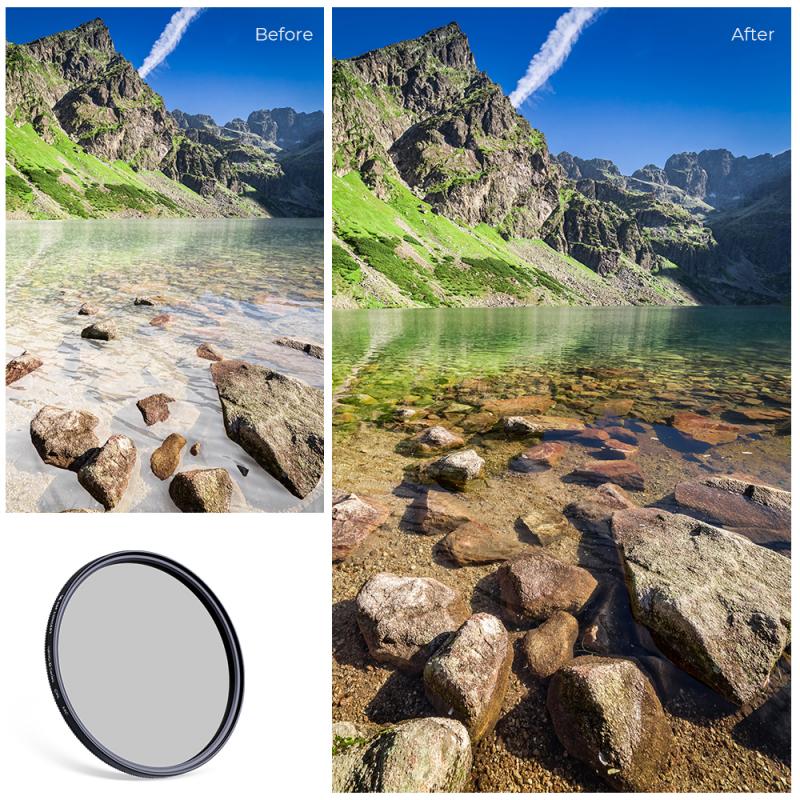
4、 Fujifilm X mount
The Fujifilm X mount is a lens mount system designed specifically for Fujifilm's line of mirrorless cameras. It was introduced in 2012 and has since become a popular choice among photographers due to its compact size and high-quality optics.
The X mount has a short flange focal distance of 17.7mm, which allows for a wide range of lens options. Fujifilm offers a variety of lenses for the X mount, including prime lenses, zoom lenses, and specialty lenses. These lenses cover a wide range of focal lengths, from ultra-wide-angle to telephoto, providing photographers with plenty of options for different shooting scenarios.
In addition to Fujifilm's own lenses, there are also third-party lens manufacturers that produce lenses for the X mount. This gives photographers even more choices when it comes to selecting lenses for their Fujifilm cameras.
One of the latest developments in the Fujifilm X mount system is the introduction of the XF 50mm f/1.0 lens. This lens is the world's first autofocus lens with a maximum aperture of f/1.0 for mirrorless cameras. It offers exceptional low-light performance and shallow depth of field, making it a great choice for portrait and low-light photography.
Overall, the Fujifilm X mount system offers a wide range of lens options for photographers. Whether you're a professional or an enthusiast, there are lenses available to suit your needs and help you capture stunning images.
